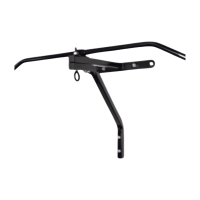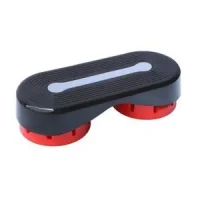How Belt Bikes Work
Belt bikes work in a similar way to chain-driven bikes, with the exception that they use a belt instead of a chain to transfer power from the pedals to the rear wheel. The belt is made of a durable material, such as carbon fiber or Kevlar, and it is tensioned by a pulley system.
Benefits of Belt Bikes
There are a number of benefits to riding a belt bike, including:
- Smoother ride: Belt-driven bikes have a smoother ride than chain-driven bikes, thanks to the fact that belts don’t stretch or rust. This is especially noticeable on rough terrain or when riding at high speeds.
- Low maintenance: Belt bikes require less maintenance than chain-driven bikes, as belts don’t need to be lubricated or adjusted as often as chains. This can save you both time and money.
- Durability: Belt-driven bikes are more durable than chain-driven bikes, as belts are less likely to break than chains. This makes them a great choice for commuters and long-distance riders.
- Cleanliness: Belt-driven bikes are cleaner than chain-driven bikes, as belts don’t attract dirt and grime as easily as chains. This means you’ll spend less time cleaning your bike.
- Quietness: Belt-driven bikes are quieter than chain-driven bikes, as belts don’t make the same metal-on-metal noise as chains. This makes them a great choice for riding in quiet areas.
Who Should Ride a Belt Bike?
Belt bikes are a great choice for a wide range of riders, including:
- Commuters: Belt bikes are ideal for commuters, as they require less maintenance than chain-driven bikes and are less likely to break down.
- Long-distance riders: Belt bikes are also a great choice for long-distance riders, as they are more durable than chain-driven bikes and offer a smoother ride.
- Recreational riders: Belt bikes are also a great choice for recreational riders, as they are quiet and clean.















Reviews
There are no reviews yet